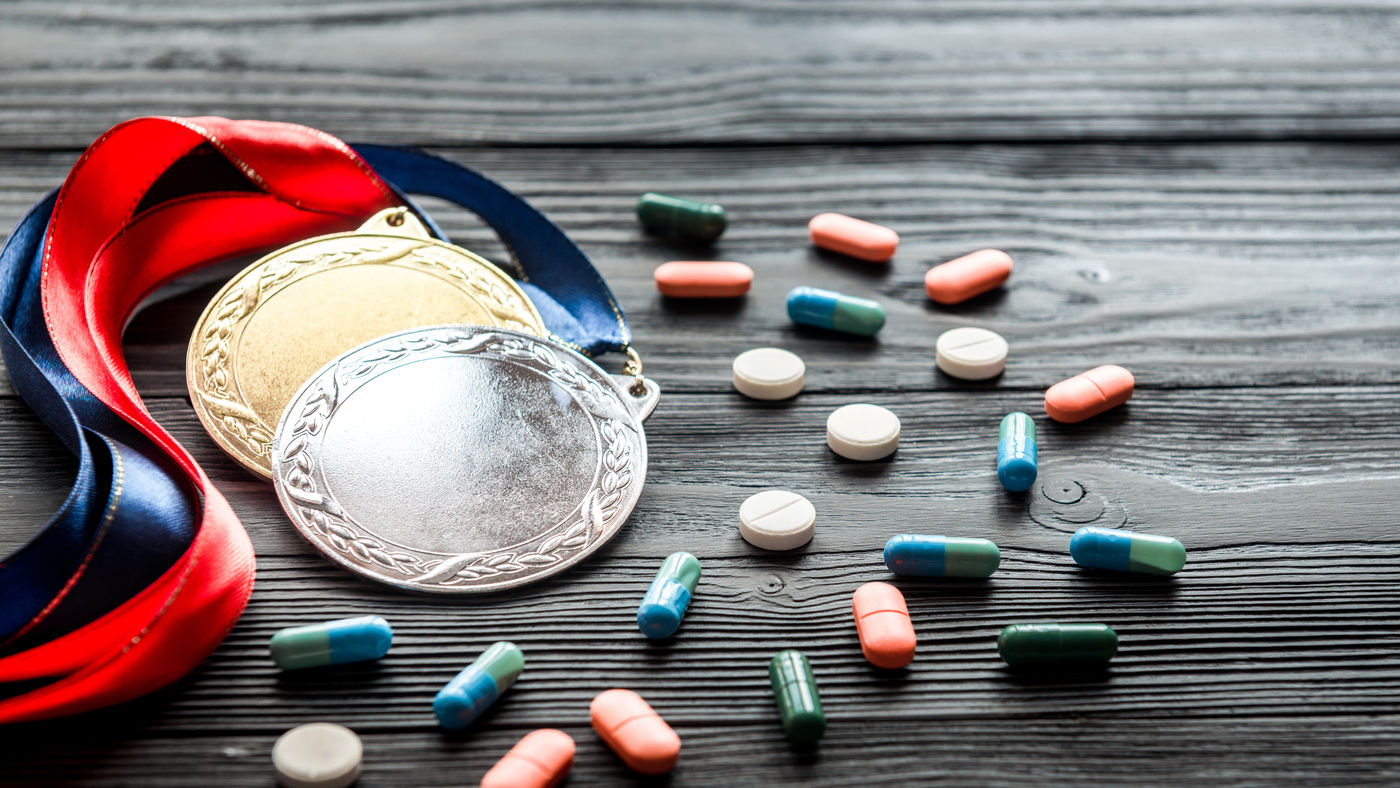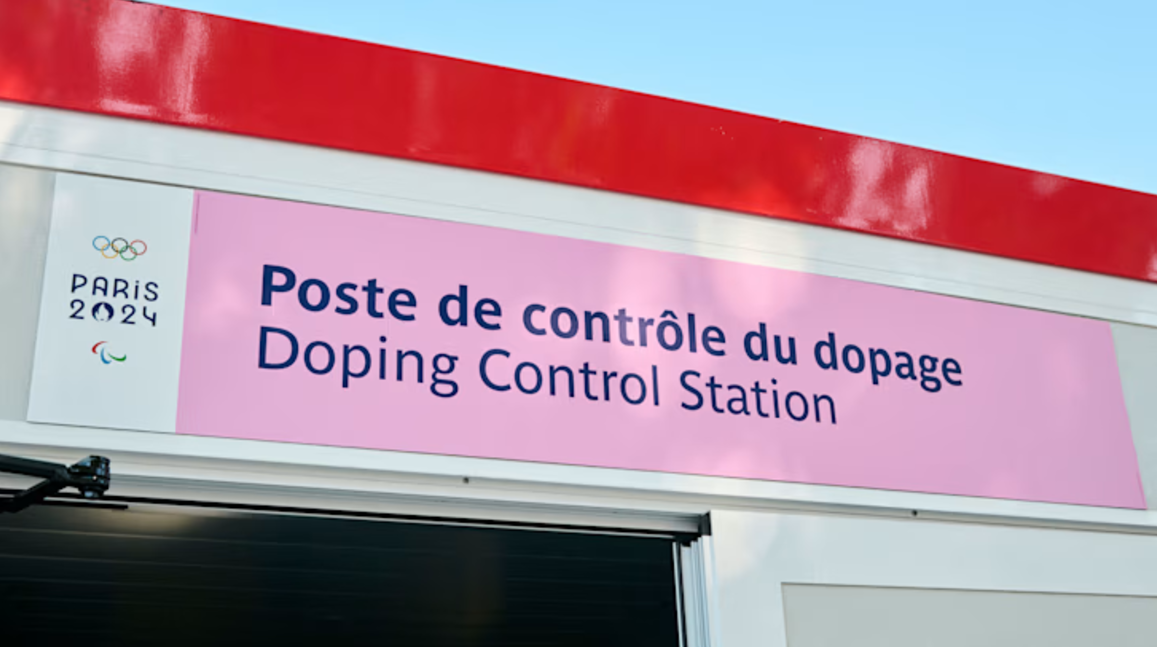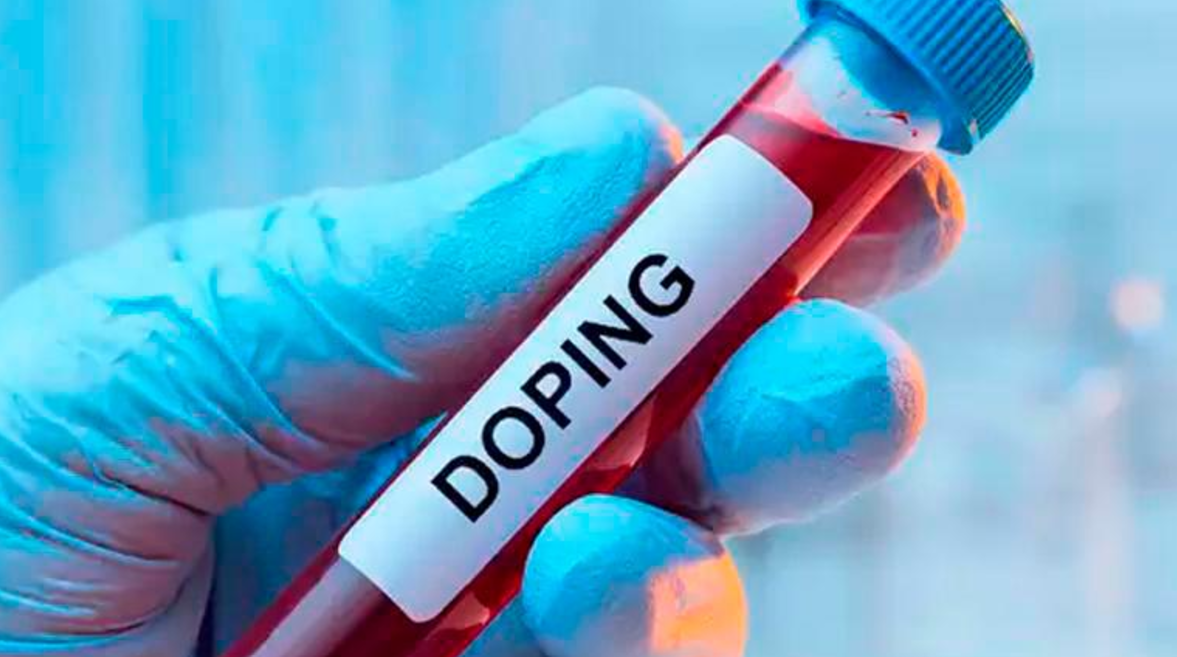By Charalampos Karouzos,
As the world witnesses the Olympic Games in Paris 2024, with the spectacular opening ceremony and the thrilling competitions that has followed, the issue of doping looms large over the realm of the highest level international sports. Ensuring fair play and athlete safety is paramount and necessary to maintain the competition withheld into its values and goals. As the games are currently taking place in the city of light, it is crucial not to leave this aspect of the games in the shadows, and thus delve deeper into the nature of doping substances, the reasons athletes may resort to them, and the measures in place to prevent doping, thereby preserving the integrity of the ethos of the Games.
Understanding Doping Substances
Doping substances, as defined by the World Anti-Doping Agency (WADA), the international organization that maintains a comprehensive list of prohibited substances and methods, which is updated annually, are drugs or methods that athletes use to enhance their performance unnaturally. These substances are classified based on their effects and the time at which they are prohibited either always or only in-competition. It is important to highlight that these substances or methods are prohibited to be used with a malicious intent, whereas their medical use, supposing that the performance of an athlete is not affected, is not banned.

1. Anabolic Agents (S1): These include synthetic variations of testosterone, which help build muscle mass and improve strength, being commonly used as treatments for male hypogonadism but are banned in sports due to their performance-enhancing effects.
2. Peptide Hormones and Growth Factors (S2): Substances like erythropoietin (EPO), a naturally occurring human hormone, and growth hormone (GH), which have as primary effect the increase of red blood cell production and muscle growth. Medically, they can be used for the management of conditions like anemia and growth deficiencies.
3. Beta-2 Agonists (S3): Commonly used in asthma treatment, these drugs can also improve breathing capacity and reduce fatigue during endurance events, commonly used by athletes that need to be alert and perform in a very high level of intensity.
4. Hormone and Metabolic Modulators (S4): These substances belong to a larger family of substances that indirectly affect hormone level and thus enhance performance, used in treatments for breast cancer and diabetes.
5. Diuretics and Masking Agents (S5): These are used to dilute urine, making it harder to detect other banned substances, or also used to lose weight rapidly, especially in sports in which weight classes exist like boxing.
6. Stimulants (S6), Narcotics (S7), Cannabinoids (S8), and Glucocorticoids (S9): These substances can improve focus, reduce pain, and manage inflammation but are banned due to their potential for abuse and performance enhancement. An example of those is Dopamine, a naturally occurring hormone, from which the name doping derives.
Apart from simply making a list of the prohibited substances and enforcing the WADA rules, it is of great importance to try to understand why an athlete may risk their participation and subsequent consequences by using these substances. Resorting to doping must not be seen as cheating, as the athletes have to go through the vigorous training sessions and maintain a lifestyle that sets a strict limit on other activities. Doping is mainly done to assist an athlete secure their goals which can be various; including the pressure to win, financial incentives, and the desire to recover more quickly from injuries. The competitive nature of sports can overshadow ethical considerations, leading athletes to seek any possible edge, even at the cost of their health and career.

Even if doping can be ethically supported under the competitive nature of the games, it is still against the context and the value of the international Olympic committee and must be eliminated. The fight against doping is a multifaceted effort involving rigorous testing, education, and the collaboration of multiple organizations. Historically, anti-doping measures have been a part of the Olympic Games since the 1960s, with the International Olympic Committee (IOC) and International Paralympic Committee (IPC) establishing anti-doping rules, in line with the WADA Code. Since 2019, the International Testing Agency (ITA) has been responsible for the anti-doping program at the Olympic Games, ensuring that testing is independent and unbiased.
For the XXXIII Olympiad held mostly in France, the organizing committee oversees the logistics of the anti-doping efforts, working with the French anti-doping agency (AFLD), with more than 1,000 individuals, including 800 chaperones and 360 sample collection personnel being involved. The testing procedures state that athletes are subject to no-notice, out-of-competition testing to prevent doping at any time with each participating athlete required to provide detailed whereabouts information to facilitate testing. Further, the sample collection process is meticulous, involving chaperones, Doping Control Officers (DCOs), and stringent procedures to maintain sample integrity. The collected samples are analyzed by the Laboratoire Antidopage Français (LADF), the only WADA-accredited lab in France, which had to scale up its capacity to handle the increased volume of samples during the Games. Additionally, the Laboratoire des Courses Hippiques (LCH) will analyze equine samples for equestrian events.
Furthermore, given the geopolitical situation, athletes from Russia and Belarus face strict eligibility conditions to compete in the Paris 2024 Games, requiring these athletes to participate as Individual Neutral Athletes (AINs), if they qualify through the existing qualification systems of their respective International Federations (IFs). Indeed, the AINs must comply with all anti-doping requirements and sign the updated Conditions of Participation, committing to the Olympic Charter and its peace mission. Furthermore, they are required to enroll the “No flags, anthems, or national symbols of Russia or Belarus” rules, and compete without national identification, emphasizing their neutral status. Finally, according to the updated rules, athletes and support personnel who actively support the war or are contracted to military or national security agencies are ineligible. These measures ensure that, while the individual rights of athletes to compete are respected, the integrity of the Games and the commitment to peace are upheld, following the ancient spirit of being unconnected to wars and political conflicts.

However, apart from simply preventing doping and detecting it, it is of fundamental importance to provide education to prevent it from happening in the first place. Indeed, Paris 2024 emphasizes educational initiatives to inform athletes about the dangers of doping and their rights, with educational materials being available at doping control stations, and volunteers trained on anti-doping regulations. Moreover, Paris 2024’s Generation 2024 platform aims to foster a culture of clean sport among younger generations, highlighting the values of ethics, perseverance and excellence in sports, without resorting to banned substances.
The integrity of the Olympic Games hinges on fair competition and the health of the competing athletes. The robust anti-doping measures in place are indeed supported by the collaborative efforts of international and national organizations aiming to keep the Games equal and safe, actively striving to uphold the true spirit of athletic excellence.
References
- Raising the game for clean sport. WADA. Available here
- Combating doping during The Games. Olympics. Available here
- Anti-doping. Interpol. Available here




